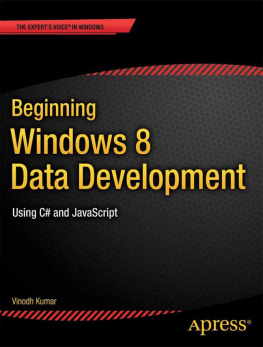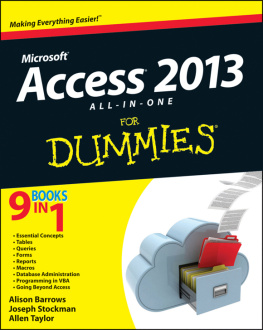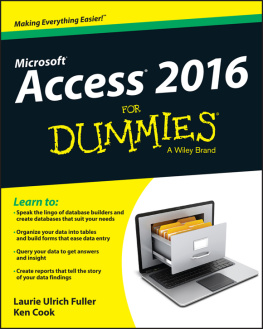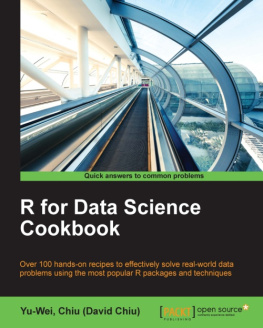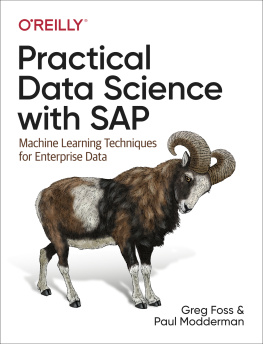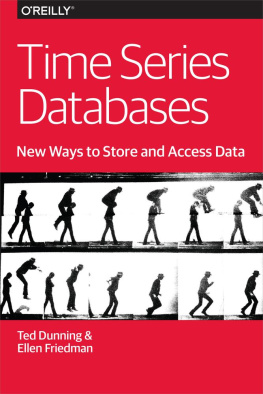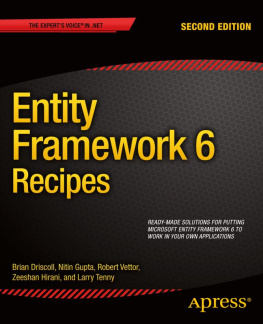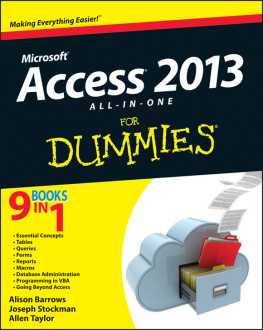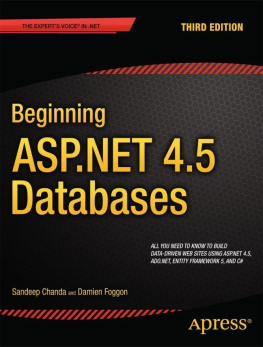Bluttman Ken - Access Data Analysis Cookbook
Here you can read online Bluttman Ken - Access Data Analysis Cookbook full text of the book (entire story) in english for free. Download pdf and epub, get meaning, cover and reviews about this ebook. City: Beijing;Sebastopol;CA, year: 2007;2008, publisher: OReilly Media, genre: Home and family. Description of the work, (preface) as well as reviews are available. Best literature library LitArk.com created for fans of good reading and offers a wide selection of genres:
Romance novel
Science fiction
Adventure
Detective
Science
History
Home and family
Prose
Art
Politics
Computer
Non-fiction
Religion
Business
Children
Humor
Choose a favorite category and find really read worthwhile books. Enjoy immersion in the world of imagination, feel the emotions of the characters or learn something new for yourself, make an fascinating discovery.

- Book:Access Data Analysis Cookbook
- Author:
- Publisher:OReilly Media
- Genre:
- Year:2007;2008
- City:Beijing;Sebastopol;CA
- Rating:3 / 5
- Favourites:Add to favourites
- Your mark:
Access Data Analysis Cookbook: summary, description and annotation
We offer to read an annotation, description, summary or preface (depends on what the author of the book "Access Data Analysis Cookbook" wrote himself). If you haven't found the necessary information about the book — write in the comments, we will try to find it.
This book offers practical recipes to solve a variety of common problems that users have with extracting Access data and performing calculations on it. Whether you use Access 2007 or an earlier version, this book will teach you new methods to query data, different ways to move data in and out of Access, how to calculate answers to financial and investment issues, how to jump beyond SQL by manipulating data with VBA, and more.
Bluttman Ken: author's other books
Who wrote Access Data Analysis Cookbook? Find out the surname, the name of the author of the book and a list of all author's works by series.


